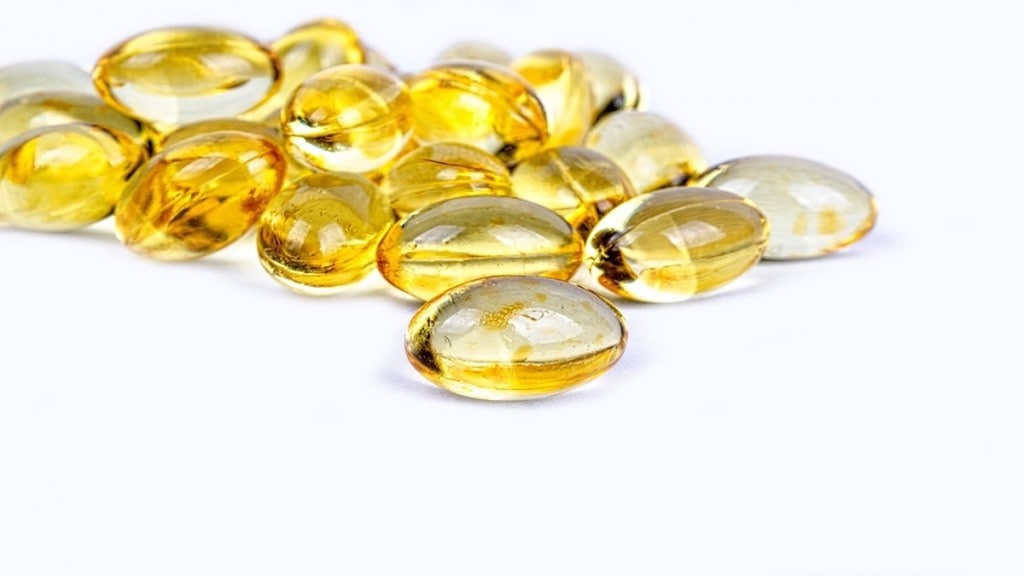The chilly winter season is here and as the sunny days are in short supply the intake of vitamin D decreases drastically. Vitamin D is an essential nutrient that helps the body in absorbing calcium and it plays a crucial role in keeping your bones healthy.
Vitamin D also helps in muscle and nerve health. It is noteworthy that getting enough of this vitamin, also known as the “sunshine vitamin,” during the winter can be difficult.
Although your body can make vitamin D after getting exposed in sunlight, various food sources can also help in increasing your vitamin D levels.
What are the common food sources of vitamin D?
According to the National Institutes of Health (NIH), here are the common sources of vitamin D:
- Fatty fish, like salmon (570 IU per 3 oz)
- Rainbow trout (645 IU per 3 oz)
- Fortified milk (120 IU per 1 cup)
- Fortified cereal (80 IU per serving)
- Eggs with yolks (44 IU per 1 large egg)
- Raw, white mushrooms exposed to UV light (366 IU per 1/2 cup)
- Dairy products like yogurt and cheese
- Fortified orange juice
How much vitamin D do you need?
The Endocrine Society recommends 1,500 to 2,000 IU/day for individuals who are not getting adequate unprotected sun exposure. This amounts to five minutes (for fair or light-skinned people) to 30 minutes (for dark-skinned people) of midday sunlight two to three times a week without sunscreen. Vitamin D supplements can also help in increasing your levels, however, consult a doctor before taking any supplement.
Who is at risk getting vitamin D deficiency?
The NIH defines deficiency as blood levels below 30 nmol/L (12 ng/mL), however recommends levels above 50 nmol/L (20 ng/mL) for adequacy for both bone and overall health. Some populations have a higher risk of vitamin D deficiency, including older individuals, those with a dark complexion (due to the pigment melanin), and athletes training and competing indoors. According to a report by runnersworld, estimated 1 billion people living with vitamin D deficiency.

